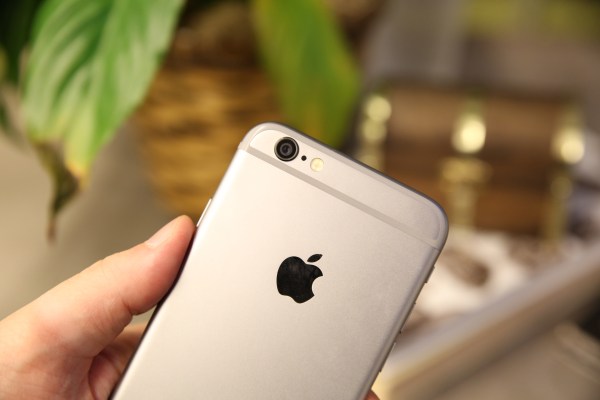The latest global smartphone sales figures from market research firm Kantar Worldpanel show Apple has continued to win fans in China, where its larger form factor iPhone 6 and 6 Plus played well to a phablet-loving crowd over the Chinese New Year.
For the three months ending in February 2015, Kantar puts iOS sales at an all-time high in urban China — with iPhones capturing more than a quarter (27.6%) of the smartphone market, and Apple grabbing the top spot in the smartphone manufacturers ranking, pushing homegrown phone maker Xiaomi into the second spot, despite its more affordably priced hardware.
A majority (59%) of those iOS sales came from China Mobile subscribers, underlining the importance of that carrier deal to Cupertino. Apple inked an iPhone distribution deal with China Mobile back in December 2013, when the carrier had around 700 million subscribers. As of last December it was reporting subscribers numbers closer to 800 million.
According to Kantar the iPhone 6 remained the best selling phone in urban China in the three months ending in February, growing its share to 10.2% vs the 9.5% registered in the three months ending in January. The larger iPhone 6 Plus was the third best selling smartphone after the iPhone 6 and Xiaomi’s RedMI Note.
Across Europe’s five major economies iOS also grew its share, rising by 2.9 percentage points to take just over a fifth of the market (20.9%) — with the dominant smartphone OS, Android, declining by the same proportion, to take 67.6%.
However, in the U.S. market Apple saw a slight dip, with iOS’ share declining from 39.3% to 38.8%. iOS had a more marked sales decline in Japan, where Apple’s OS shed 5.1 percentage points over the tracked period, to take a 49.8% share. In both markets Android saw small gains over the same timeframe.
Despite some slowing growth in the U.S. the iPhone 6 remained the best selling smartphone in the market, according to Kantar, with buyers citing its screen size (45%), LTE capability (44%) and the reliability and durability of the device (43%) as key drivers for their purchase decision.
Kantar notes that Apple’s iPhone 6 and 6 Plus sales bounce will likely face more of a challenge in the next set of smartphone market sales figures, with new flagship Android products from Samsung, HTC, LG and Huawei start to ship from April.
Whither Windows?
Beyond the leading smartphone OSes, Microsoft’s distant third placed Windows OS had another generally moribund sales period, although there were a couple of brighter spot: Windows picked up momentum in France, where it grew by 5.9 percentage points to take a 14.2% share of the market (grabbing most of that growth at the expense of Android); and in Australia it added 4.3 percentage points, to end the period with 9.3% marketshare (again eroding Android’s share).
Across Europe’s major economies Windows added a marginal 0.9 percentage points, in the U.S. it added 0.3 percentage points, and in Japan it added 0.1 percentage points. In China Windows declined by 0.2 percentage points.
Windows strongest market remains Italy, where it took a 14.4% share at the end of the tracked period. However that was down on the year ago period for the market, with the OS tracking a 1.7 percentage point drop.
